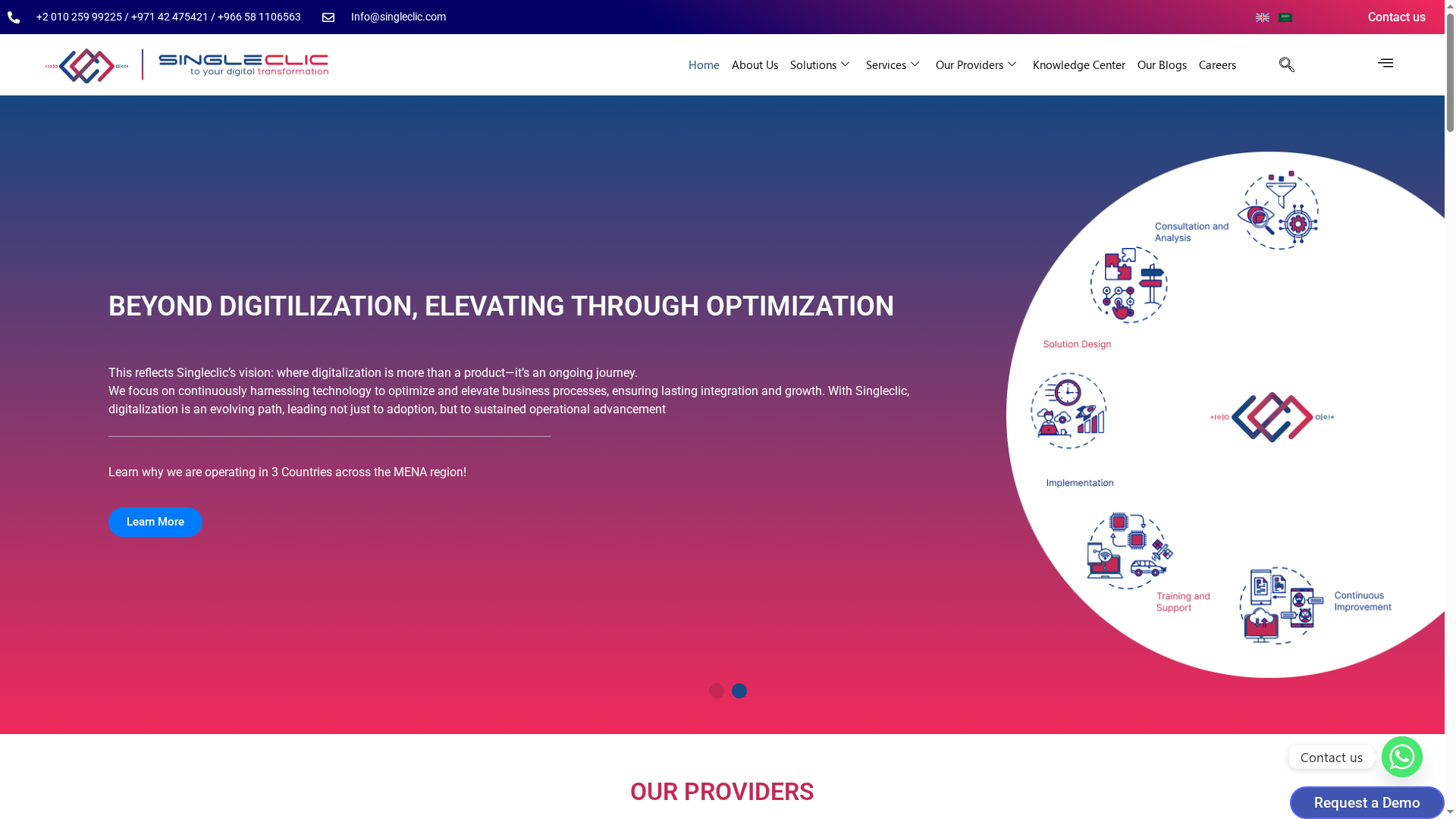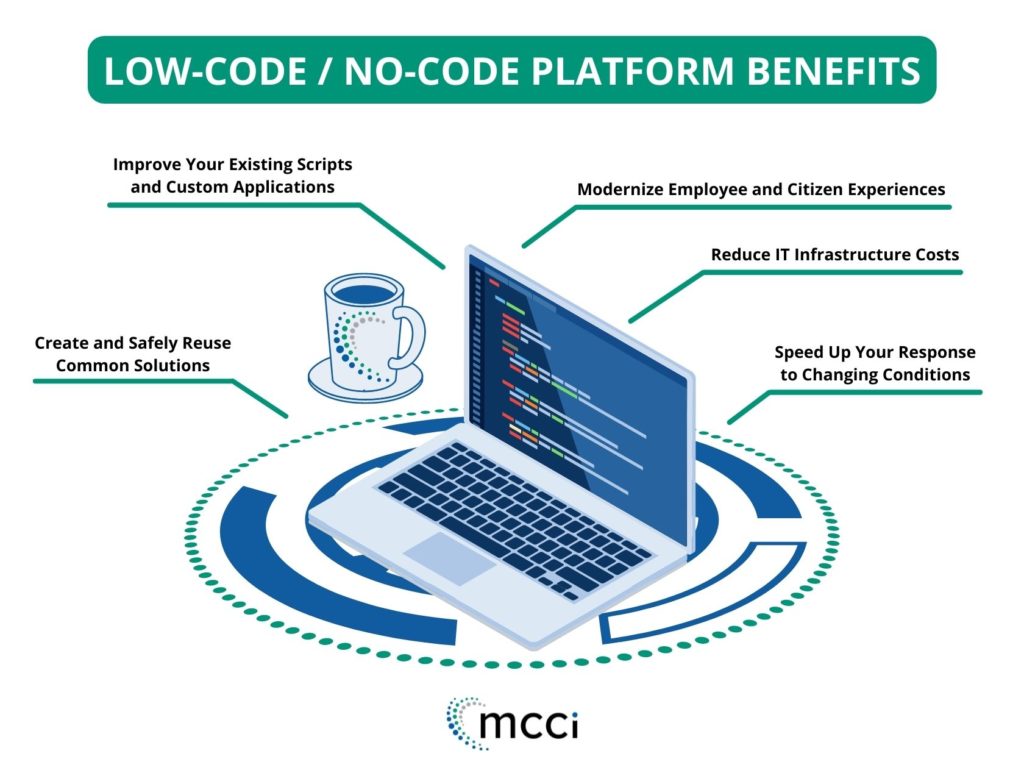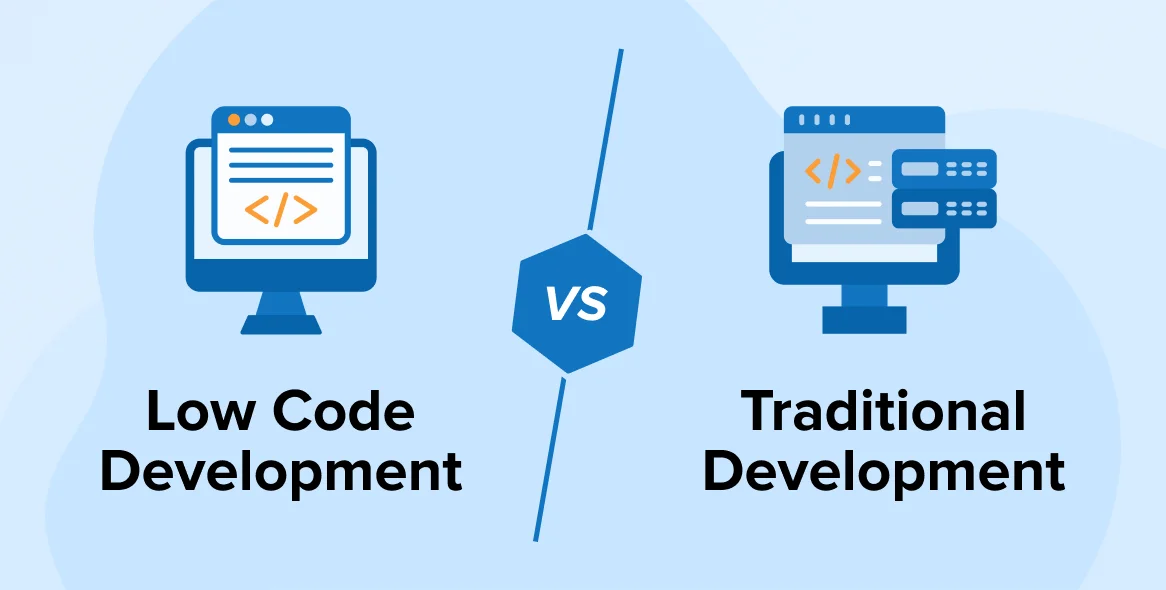Cloud computing has rapidly become the backbone of digital change, with over 90 percent of modern enterprises relying on it to drive innovation and growth. As american companies lead global trends, the influence of cloud technology now stretches across industries and regions, reshaping how organizations in Saudi Arabia and the UAE approach digital strategies. This guide breaks down the essentials of cloud computing and reveals how understanding its core concepts can help businesses stay ahead in a fast-evolving world.
Table of Contents
- Defining Cloud in Digital Transformation
- Key Cloud Service Models Explained
- Core Benefits for Modern Enterprises
- Industry-Specific Use Cases and Trends
- Risks, Costs, and Compliance Challenges
- Best Practices for Successful Cloud Adoption
Key Takeaways
| Point | Details |
|---|---|
| Importance of Cloud in Digital Transformation | Cloud computing is essential for organizations to drive operational efficiency and maintain competitive advantage. |
| Key Cloud Service Models | Understanding IaaS, PaaS, and SaaS is crucial for aligning cloud solutions with specific business needs. |
| Strategic Imperatives for Adoption | Embracing cloud technologies is necessary for enterprises in Saudi Arabia and the UAE to innovate and respond to market dynamics. |
| Addressing Risks and Compliance | Organizations must implement robust security protocols and manage compliance challenges to successfully adopt cloud solutions. |
Defining Cloud in Digital Transformation
Cloud computing represents a transformative technological paradigm that serves as the critical backbone of digital transformation strategies for organizations across Saudi Arabia, UAE, and beyond. According to research from jrtcse, cloud computing plays an integral role in shaping digital transformation strategies, driving operational efficiency and creating competitive advantages for businesses.
At its core, cloud computing is a flexible technology model that allows organizations to access computing resources like storage, processing power, and applications through internet-connected remote servers. Unlike traditional on-premise infrastructure, cloud solutions enable businesses to scale resources dynamically, reduce capital expenditures, and accelerate innovation. Our low-code platform Cortex, for instance, exemplifies how cloud technologies can empower organizations to design and optimize complex business processes without extensive coding requirements.
The strategic implementation of cloud technologies offers multiple dimensions of value for enterprises. Digix highlights that cloud computing provides significant benefits across various industry contexts, including:
- Enhanced operational agility
- Reduced infrastructure maintenance costs
- Improved collaboration and remote work capabilities
- Scalable and flexible technological infrastructure
- Advanced data analytics and processing capabilities
For organizations in Saudi Arabia and the UAE, embracing cloud technologies is no longer optional but a critical strategic imperative. By leveraging cloud solutions, businesses can transform their operational models, drive digital innovation, and maintain competitive positioning in rapidly evolving market landscapes.
Key Cloud Service Models Explained
Cloud service models represent the foundational architectural approaches that enable organizations to leverage cloud computing technologies. Igmin Research highlights the critical evolution of public cloud providers in developing sophisticated service delivery mechanisms that cater to diverse technological needs across industries.
Three primary cloud service models dominate the digital transformation landscape:
-
Infrastructure as a Service (IaaS): Provides virtualized computing resources over the internet. Businesses can rent virtual machines, storage, networks, and servers, allowing flexible infrastructure management without physical hardware investments.
-
Platform as a Service (PaaS): Offers a comprehensive development and deployment environment. Developers can build, test, and launch applications without managing underlying infrastructure complexities. Our low-code platform Cortex exemplifies PaaS principles by enabling organizations to create business process solutions efficiently.
-
Software as a Service (SaaS): Delivers software applications directly through the internet. Users can access sophisticated tools and applications without local installation, reducing maintenance overhead and enabling seamless updates.
Research from arXiv suggests that emerging technologies like Internet of Things (IoT), Blockchain, and Artificial Intelligence are increasingly influencing cloud service model architectures. For organizations in Saudi Arabia and the UAE, understanding these models is crucial for developing robust digital transformation strategies that align with global technological trends.
The selection of an appropriate cloud service model depends on specific organizational requirements, technological maturity, and strategic objectives.
 Businesses must carefully evaluate their operational needs, security considerations, and scalability demands when choosing between IaaS, PaaS, and SaaS models.
Businesses must carefully evaluate their operational needs, security considerations, and scalability demands when choosing between IaaS, PaaS, and SaaS models.

Core Benefits for Modern Enterprises
MDPI research highlights the transformative advantages of cloud computing for modern enterprises, emphasizing how these technologies fundamentally reshape organizational capabilities. Cloud solutions provide strategic benefits that extend far beyond traditional technological infrastructure, enabling businesses to achieve unprecedented levels of operational efficiency and innovation.
The core benefits of cloud computing for enterprises can be categorized into several critical dimensions:
- Scalability: Instant resource allocation and flexible infrastructure
- Cost Efficiency: Reduced capital expenditure and predictable operational expenses
- Enhanced Collaboration: Seamless remote work and global team integration
- Advanced Analytics: Real-time data processing and intelligent insights
- Robust Security: Centralized protection and continuous system updates
According to DGA, cloud technologies are particularly transformative for organizations in Saudi Arabia and the UAE.
Our low-code platform Cortex exemplifies these benefits by enabling enterprises to design complex business processes without extensive coding, dramatically reducing implementation time and technological barriers.
The strategic implementation of cloud technologies represents more than a technological upgrade—it’s a fundamental reimagining of how businesses operate. By leveraging cloud solutions, organizations can create more agile, responsive, and intelligent operational models that adapt quickly to changing market dynamics. For enterprises in competitive landscapes, cloud computing is no longer optional but a critical strategic imperative for maintaining technological relevance and driving sustainable growth.
Industry-Specific Use Cases and Trends
Springer Link reveals that cloud computing is dramatically transforming industry landscapes across multiple sectors, creating unique opportunities for digital innovation and operational optimization. The public cloud has become a pivotal enabler of technological transformation, allowing organizations to transcend traditional technological limitations and reimagine their strategic capabilities.
Industry-specific cloud adoption trends demonstrate remarkable variations across different sectors:
- Healthcare: Secure patient data management, telemedicine platforms, and advanced medical research analytics
- Finance: Real-time transaction processing, fraud detection, and personalized customer experience systems
- Manufacturing: Predictive maintenance, supply chain optimization, and intelligent inventory management
- Government: Citizen service platforms, secure document management, and integrated administrative systems
- Retail: Personalized marketing, inventory tracking, and omnichannel customer engagement
Research from arXiv indicates that successful corporate cloud transformation requires a nuanced, industry-specific approach. Our low-code platform Cortex, designed specifically for organizations in Saudi Arabia and the UAE, enables businesses to create tailored cloud solutions that address unique regional and sectoral challenges.
For enterprises in the Middle East, cloud adoption is not just a technological upgrade but a strategic imperative for maintaining competitive advantage. By leveraging industry-specific cloud technologies, organizations can create more intelligent, responsive, and efficient operational models that adapt quickly to evolving market dynamics and technological innovations.
Risks, Costs, and Compliance Challenges
MDPI research exposes the critical security and privacy challenges organizations encounter during cloud adoption. While cloud technologies offer transformative potential, they simultaneously introduce complex risk landscapes that demand strategic management and proactive mitigation strategies, especially for enterprises in Saudi Arabia and the UAE.
The primary risks and compliance challenges in cloud transformation can be categorized into several critical dimensions:
- Data Security: Protecting sensitive information from unauthorized access and potential breaches
- Regulatory Compliance: Adhering to local and international data protection standards
- Cost Management: Controlling unexpected expenses and preventing budget overruns
- Vendor Lock-in: Avoiding dependency on single cloud service providers
- Performance Reliability: Ensuring consistent system availability and minimal downtime
According to Microsoft Blogs, successful cloud adoption requires a comprehensive approach to addressing trust, privacy, and security challenges. Our low-code platform Cortex is specifically designed to help organizations in the Middle East navigate these complex technological transitions by providing robust security frameworks and customizable compliance solutions.
Navigating cloud transformation demands a nuanced strategy that balances technological innovation with robust risk management. Enterprises must develop comprehensive governance models, implement advanced security protocols, and maintain continuous monitoring to mitigate potential vulnerabilities. By adopting a proactive and strategic approach, organizations can leverage cloud technologies while maintaining stringent data protection and compliance standards.
Best Practices for Successful Cloud Adoption
arXiv research provides a comprehensive framework for corporate cloud transformation, highlighting the critical strategies organizations must implement to ensure successful cloud adoption. For enterprises in Saudi Arabia and the UAE, navigating this technological transition requires a structured, strategic approach that balances innovation with operational stability.
Key best practices for successful cloud adoption include:
- Strategic Assessment: Conduct thorough organizational readiness evaluation
- Comprehensive Planning: Develop a detailed cloud migration roadmap
- Phased Implementation: Adopt a gradual, risk-managed migration strategy
- Robust Security Protocols: Implement advanced cybersecurity measures
- Continuous Training: Invest in employee skills and cloud technology education
- Performance Monitoring: Establish robust tracking and optimization mechanisms
Research from JETIR emphasizes the importance of a holistic approach to digital transformation. Our low-code platform Cortex is specifically designed to support organizations in the Middle East through this complex transition, providing tools that enable seamless cloud integration and operational optimization.
Successful cloud adoption is not a one-time event but a continuous journey of technological evolution. Organizations must remain agile, continuously reassess their cloud strategies, and be prepared to adapt to emerging technologies and changing business requirements. By embracing a proactive, strategic approach, enterprises can transform cloud adoption from a technological challenge into a significant competitive advantage.
Unlock the True Power of Cloud-Driven Digital Transformation
Cloud computing is reshaping the way organizations in Saudi Arabia and the UAE operate by offering scalability, agility, and cost efficiency. However, as highlighted in “The Essential Guide to Cloud in Digital Transformation,” businesses often face challenges like choosing the right cloud service model, managing security risks, and ensuring smooth cloud adoption without disrupting operations. If you are seeking to overcome these barriers and accelerate your journey beyond mere digitalization, our solutions are designed to meet those exact needs.

At Singleclic, we specialize in delivering end-to-end digital transformation services across ERP, CRM, business process automation, and AI-driven platforms tailored specifically for MENA enterprises. Our low-code platform Cortex, similar to the one featured in the article, empowers you to automate complex processes with zero coding and full Arabic UI support, helping you reduce costs, enhance collaboration, and boost operational efficiency without compromise. Explore how our expertise in cloud integration and enterprise AI can help you unlock sustained growth and resilience. Act now and partner with a trusted leader with over 10 years of experience across KSA, UAE, and Egypt. Learn more about our approach at Singleclic and discover the future of digital transformation through Business Process Automation and AI & Low-Code Platform Development.
Take control of your cloud transformation journey today and turn potential risks into your greatest competitive advantage.
Frequently Asked Questions
What is cloud computing in digital transformation?
Cloud computing is a flexible technology model that allows organizations to access computing resources such as storage and processing power through remote servers via the internet, enabling dynamic resource scaling and innovation.
What are the main cloud service models?
The three primary cloud service models are Infrastructure as a Service (IaaS), Platform as a Service (PaaS), and Software as a Service (SaaS), each offering varying levels of control and management over computing resources and applications.
What are the benefits of adopting cloud technologies for businesses?
Cloud computing enhances scalability, cost efficiency, collaboration, advanced analytics, and security. These benefits help organizations improve operational efficiency and adapt to changing market needs.
What are the key challenges in cloud adoption?
Organizations face challenges such as data security, regulatory compliance, cost management, vendor lock-in, and ensuring performance reliability during cloud adoption.









